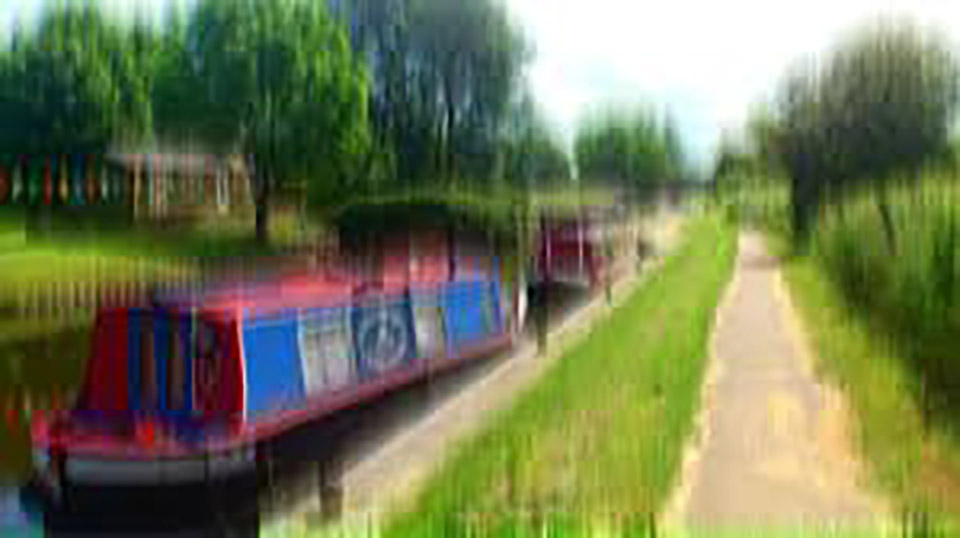
There is so much more to photography than “You Press the Button, We Do the Rest” which was George Eastman’s Kodak advertising in 1888. These days, you can do it all by yourself, no waiting. However, you can produce better photographs if you follow some of these tips from a selection of pro shooters:
Photography is combination of art, science and technology. And don’t forget serendipity, not all great shots work out, and not all great shots were worked out first.
Photography is a wide field with various ranges of expertise – from complete beginners to established experts. If you’re just starting out, you can enjoy the knowledge accumulated by professionals over the years as you learn and improve your skills. One of my teachers-on-the job, always said that photography was the only skill he knew where people paid you to learn.
Here is the first and very easy tip. Hold the camera tightly, not holding it outstretched or with one hand, while counting down “one-two-three” in any language you like. Brace yourself, stop breathing as you squeeze the shutter button, and brace yourself against a telephone pole or wall if you can. Don’t be distant, keep the camera close to you and maintain maximum stability.
If you find you are getting “soft” photos because of camera movement, you can stop this by mounting the camera on a tripod and using a remote shutter release. This will stop camera movement.
Another tip involves using flash during the day, and not relying on available light. Shooting with flash during sunlight helps the camera to deal with unexpected natural light that may be coming from the worst possible direction. This works especially well if you shoot against a very bright light (backlighting).
Move yourself and the camera to give you different perspectives. There is nothing to be gained by taking the same shot 10 times. Try different angles and positions: Don’t set your mind on just one position. Be agile as you shoot and experiment with different angles. You don’t know for sure which one will bring you the winning shot. Moving around will also teach you a lot about the strengths and weaknesses of the different positions.
The zoom lens is for lazy photographers. Zoom with your legs. Need a close up? Move in closer. Zoom can be a great feature (especially if you have professional gear, which most beginners don’t), but zooming can reduce quality. Walking a couple of meters closer will produce better shots.
Now to the thorny subject of “post production” and Photoshop and similar applications. There is still a feeling in the photographic community that post production is somehow “cheating”. It isn’t, but you should look critically at the final image. Too much photoshopping gives an ‘unreal’ result, which people do not like. The best to do is to begin by using the application to use it as a cropping tool. And do it through a memory card direct from your camera to the computer.
The best photographers in the world also use technology to enhance their works. Using photo editing tools will help you get more out of your images, and also help you understand contrast, colors, light and other important photography elements.
Here is a different idea for your photography. Don’t delete images direct from your camera. Regardless of how terrible a photo may seem to you on the tiny preview screen of your camera, please have the patience to wait and view it in normal resolution on your monitor screen before making any rash decisions. Even if it is a bad photo, watch it to learn from your mistakes. Some judicious cropping might even help resurrect the shot.
Finally, just shoot! Don’t overthink it, don’t be hesitant and don’t try to save time. Just shoot as much as you can. You learn by experimenting and you gain confidence by doing. On the way you also take a few awesome photos. You are using a digital device, so it doesn’t even cost you anything! Make your camera work. It’s the best way to improve.





